I’m a maker and DIY enthusiast. I love to tinker with electronics, build things out of wood, and play with my 3D printer. When I’m not writing about the best Android phones, you’ll find me in my workshop, where I store a variety of tools for measuring, cutting, gluing, and soldering.
Recently, I’ve wondered if a smartphone can replace my tools. I doubt it, but the Play Store offers various tool apps I was curious to test. Apps that measure distance, area, and angles are available for download, and the list doesn’t stop there. I set out to see if any of them work as well as the real deal.
Can a phone app replace a real ruler?
How good are simple measurement apps?
Let’s start with something basic yet essential: a ruler app. I downloaded several from the Play Store, and they all work the same way: they display a scale across one of the screen edges. Then, you place your phone against the real-world object that you want to measure.
If the item is small enough, you can place it on the phone’s screen.
I immediately spotted a problem. All ruler apps were slightly inaccurate. At five inches, they were off by about 1/16th of an inch (~1.6mm). Close, but not ideal. Fortunately, they all had a calibration setting that let me fix this.
Since the deviation is so small, it can easily go unnoticed and lead to errors.
Another flaw I noticed was that the apps didn’t compensate enough for the rounded corners of the screen, which made them less convenient to use.
These ruler apps can be useful in a pinch, and they have cool extras, such as the ability to measure two dimensions at the same time. Still, they’re unsuitable for any serious work and may require calibration to achieve perfect accuracy.
Are AR tape measure apps any good?
I wouldn’t rely on these in any case
I tried eight of the first AR measuring apps that popped up in the Play Store, as well as Samsung’s Quick Measure app, available in the Galaxy Store. These tools use the phone’s camera and augmented reality technology to measure any object you can point your lens at.
All apps turned out to be highly unreliable, even those that asked me to buy a yearly subscription before taking a single measurement.
One app didn’t launch. Another was off by 3 inches when I measured the width of my door. Samsung’s app was inaccurate when measuring the height of objects. The other six had a hard time detecting surfaces and locking vertices onto corners in the viewfinder.
Measurements were off by anywhere between half an inch and a few inches.
These six apps used mainly the same UI, which leads me to believe they’re repackaged versions of the same software.
I can’t find a good Android app that can take AR measurements reliably. If I did find one, I’m skeptical it could replace a real tape measure.
As with ruler apps, AR measuring apps might give you a rough idea of an object’s size, but they can’t replace a proper instrument.
Are protractor apps reliable?
And do they go beyond measuring angles?
I tested several protractor apps, and they all worked well enough. They display a protractor over what your phone’s camera sees, allowing you to measure angles in the real world.
In this case, they’re a fine replacement for a real protractor.
However, protractor apps fall short in situations where you want to draw a specific angle. It is possible if you have the patience and a steady hand, but a proper protractor or a carpenter’s speed square makes the job much easier.
Can a spirit level app replace the real instrument?
Happy to say, these apps can be very accurate
Smartphones are packed with sensors. They use the accelerometer to sense orientation and movement, and spirit level apps rely on it to help you tell if a surface is horizontal or not.
I’m happy to confirm that they work well. I compared the free Bubble Level app from the Play Store to a decent spirit level. Its reading was spot on, with a few caveats.
If you use a spirit level app for Android, make sure it displays the angle accurately to a tenth of a degree. Otherwise, the app will give you a zero reading even if your phone’s at a 0.4-degree angle.
Also, remove your phone’s case when taking the measurement. Anything sticking out, such as a protruding camera or volume buttons, will throw off your reading, so use your phone’s clean, flat side against the surface under test.
Spirit level apps get a thumbs up from me. They take very accurate measurements, and unlike a spirit level, they can also measure a surface’s angle of inclination.
Can a phone’s camera beat a magnifying glass or a microscope?
Let’s explore this subject from up close
I have a dedicated digital microscope that I use to inspect circuit boards and solder tiny electronic parts. It’s a useful gadget as some modern components are so small you can’t see their markings with the naked eye.
Can a phone’s camera help you see better?
Some phones have better cameras than others, and some have dedicated macro lenses for extreme close-ups. My 2-year-old Samsung Galaxy S23 FE is far from the best camera phone, but I can take good pictures with decent magnification.
I’d say the phone is just as good, if not better than, a magnifying glass to read tiny text. Sure, digital zoom doesn’t provide the best details, but it’s sufficient to help you read markings or inspect solder joints.
A dedicated microscope still yields better results in terms of image detail, but a phone’s camera comes close, especially if you have a steady hand and sufficient illumination.
It’s hard to replace the proper tool for the job
Just as I expected, most of the tool apps I tested pale in comparison to actual, physical instruments. They might be useful in a pinch when there’s no better tool around, and I’m confident their developers are doing the best they can with the hardware they have access to.
However, for serious or professional work, apps cannot replace the real tools in your workshop. The only exception is the spirit level app, which surprised me with its accuracy when it’s set up correctly.
On a related note, your phone has a better chance of replacing a PC. Modern phones have sufficient horsepower to handle everyday computing tasks and work well with external mice and keyboards. Some come with dedicated desktop UIs as part of their OS.
You can read our guide on replacing a PC with an Android phone if you’re curious.


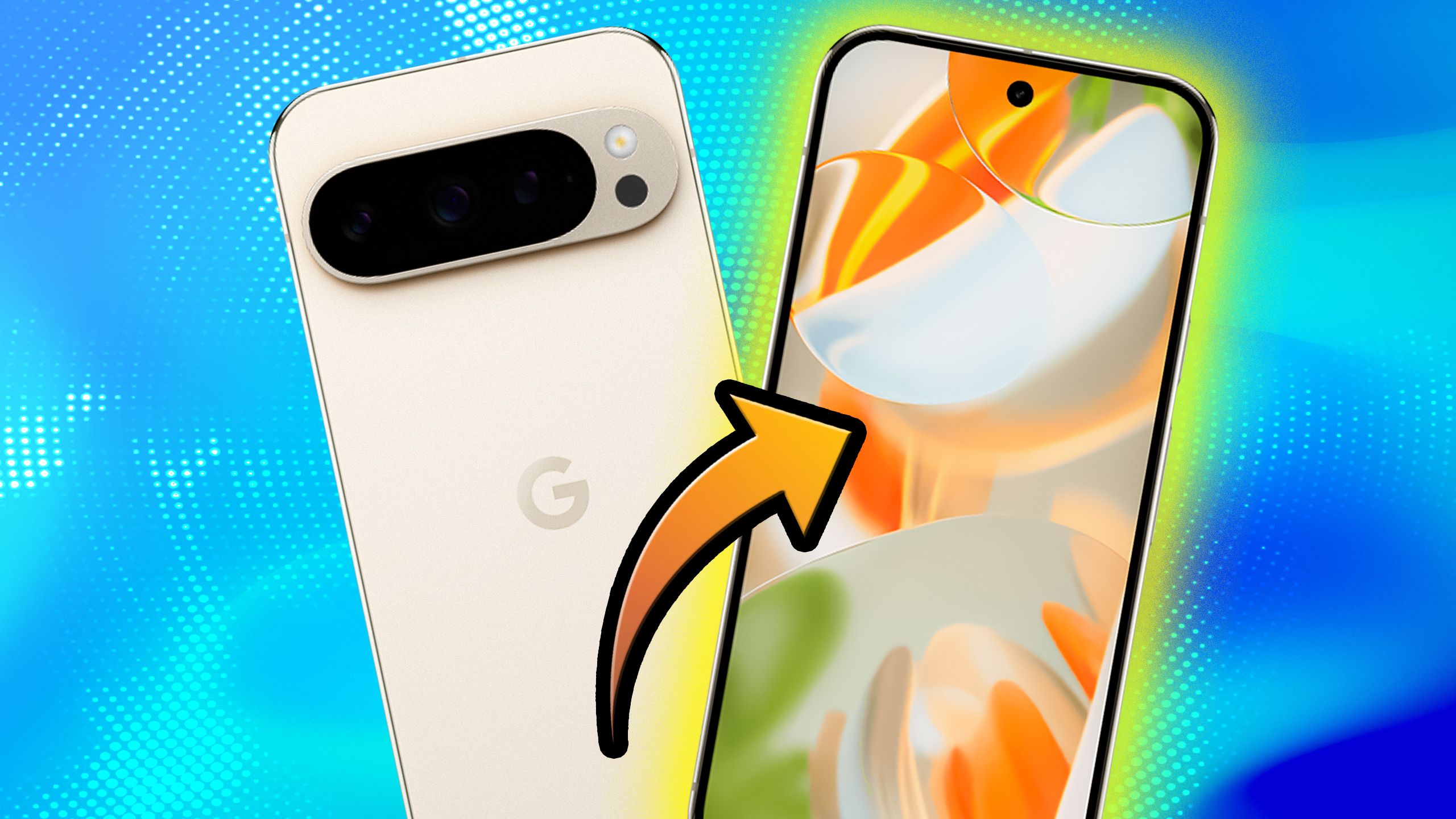
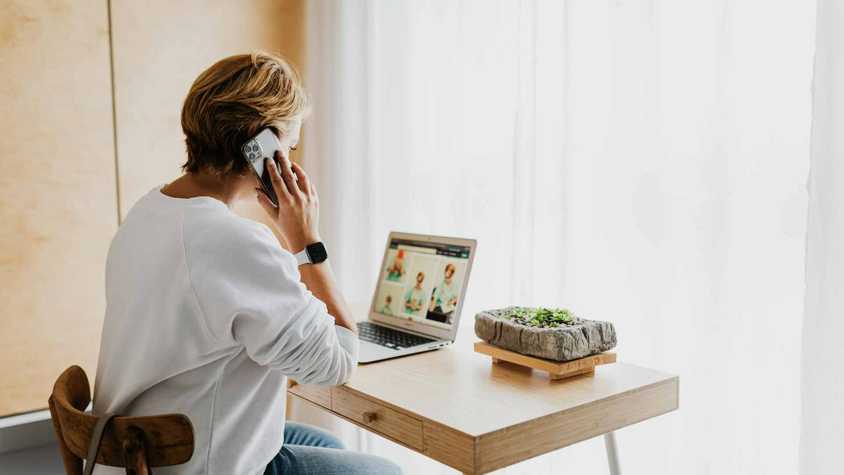
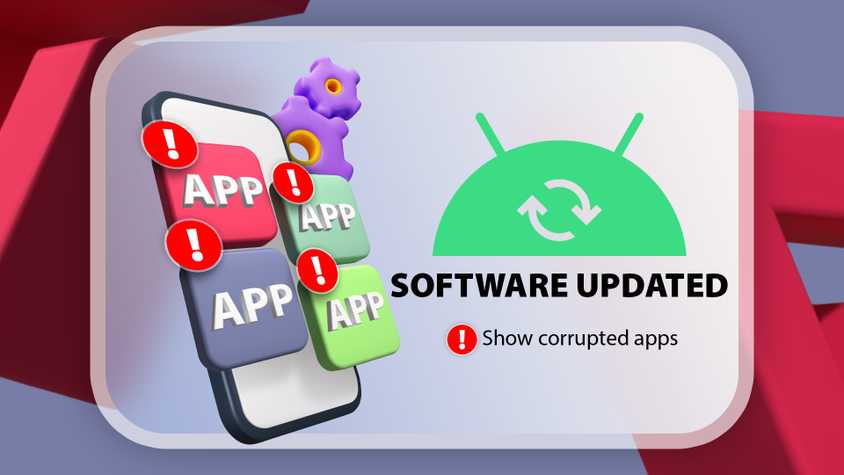
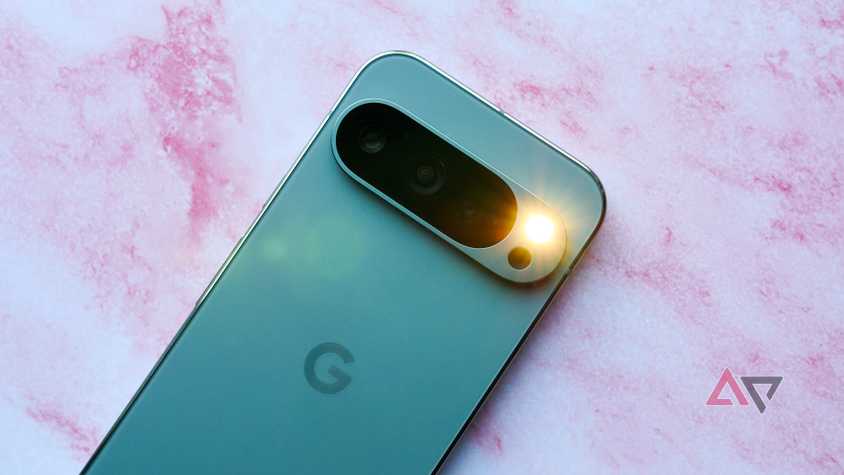
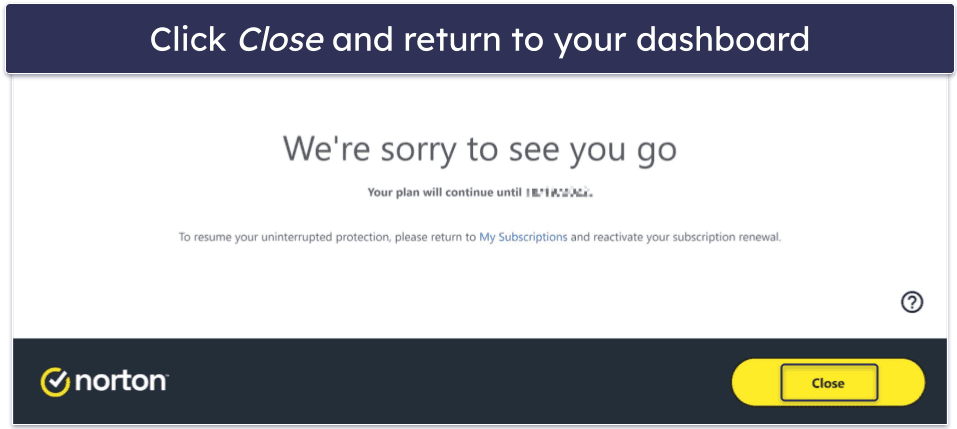

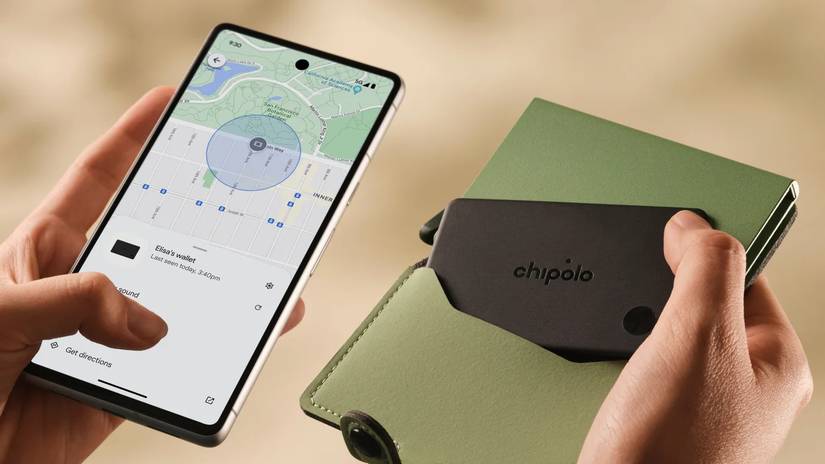
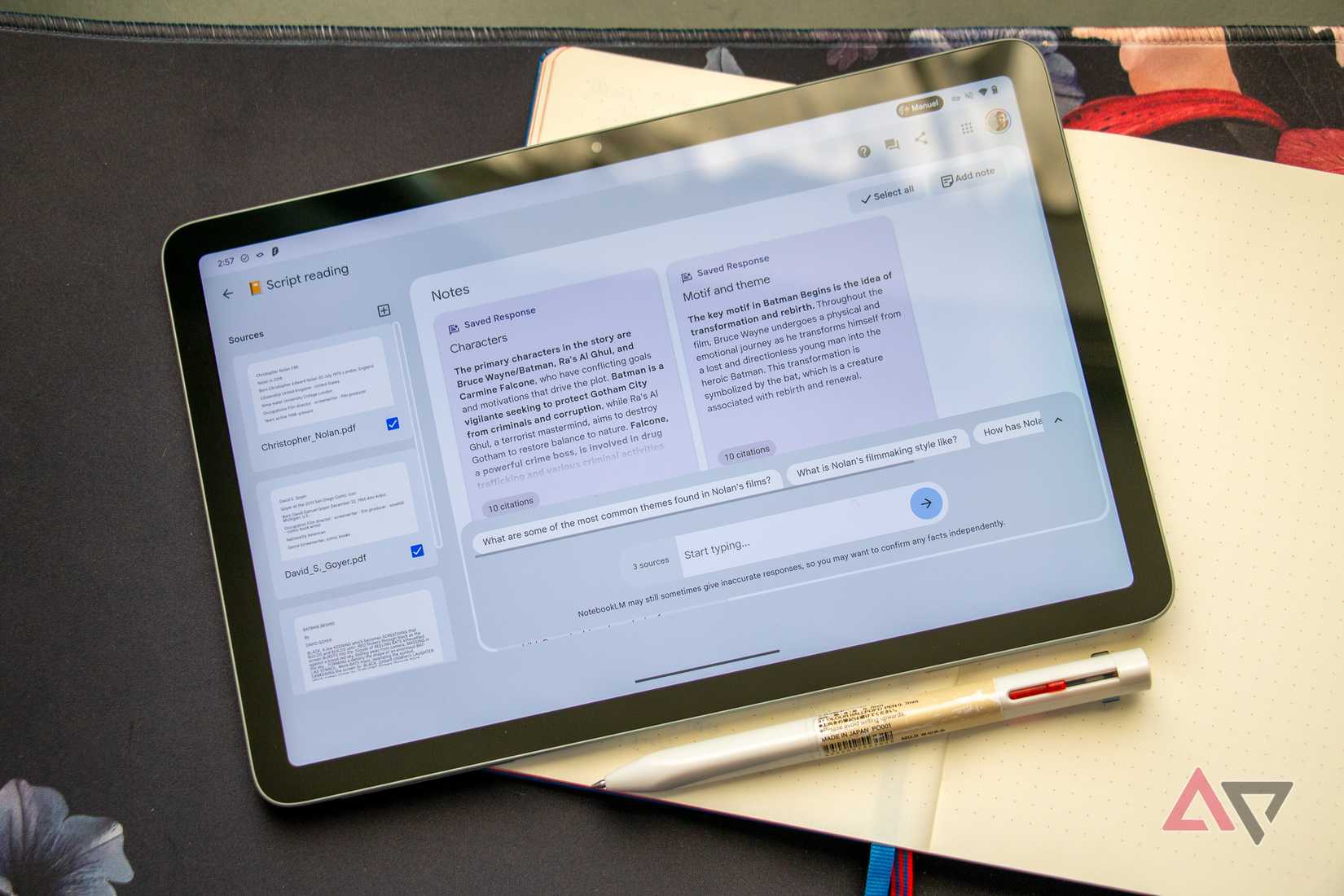
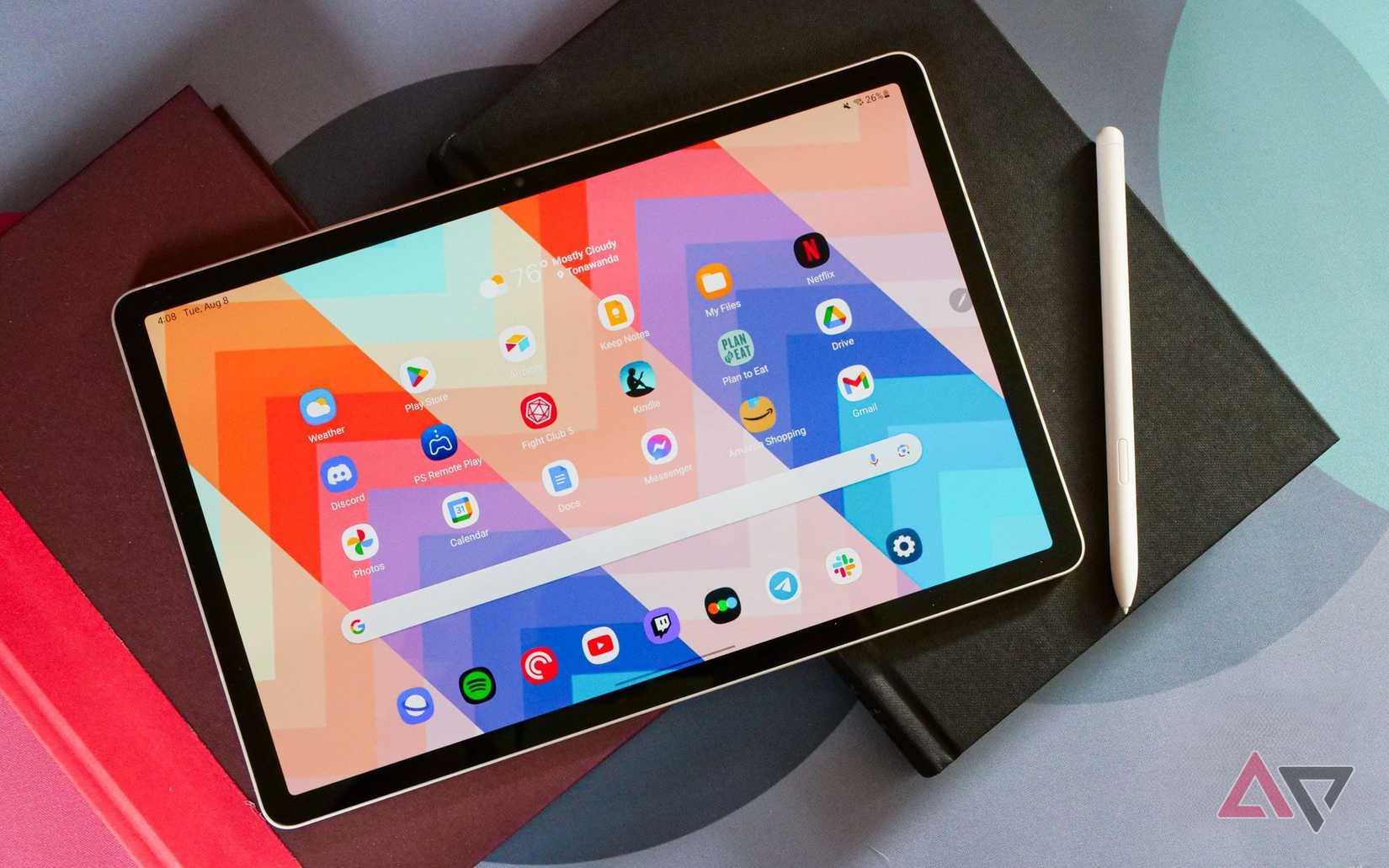
… [Trackback]
[…] Information on that Topic: geeksforgeeks.org/my-diy-secret-ditch-these-tools-and-use-your-phone-instead/ […]